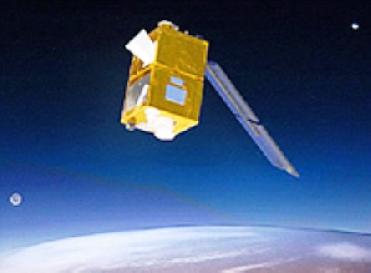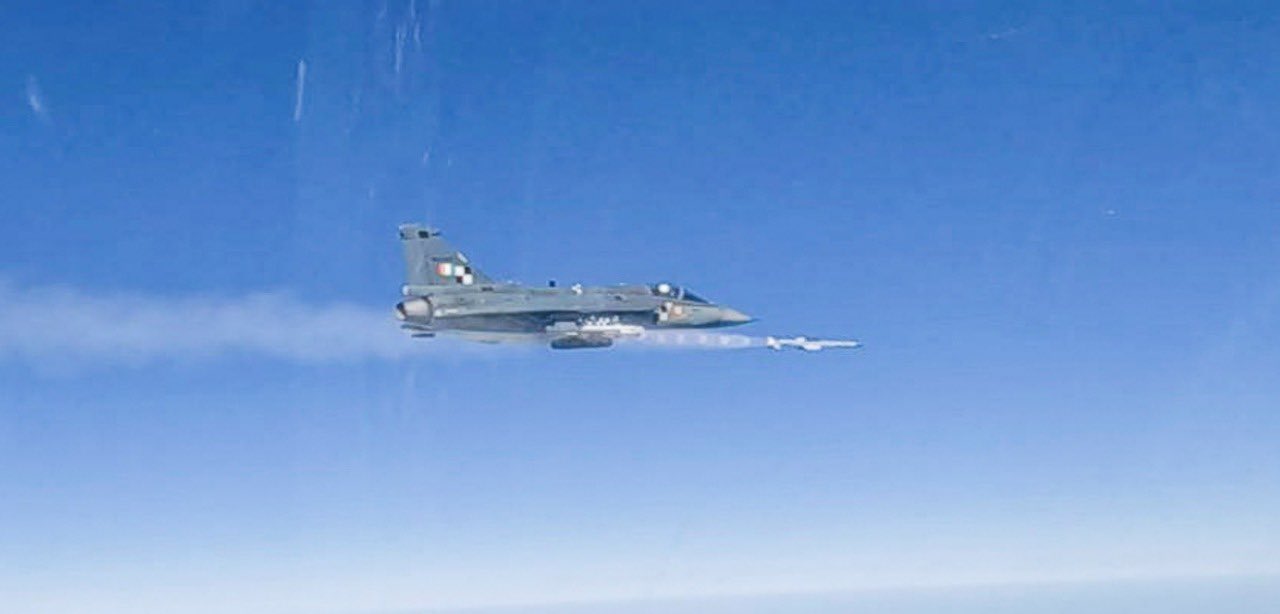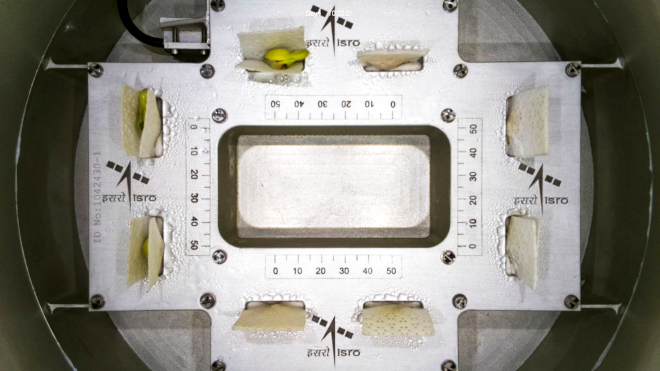
A file photo highlighting the functioning of an Oceansat satellite
BANGALORE (PTI): India would, by the second-half of September, launch Oceansat-2 into the space, Indian Space Research Organisation (ISRO) Chairman G Madhavan Nair said.
The integration of the spacecraft, Oceansat-2, designed to identify potential fishing zones, assist in sea state forecasting and coastal zone studies and provide inputs for weather forecasting and climate studies, has been completed, Nair told PTI.
"The thermovat test is over and right now, vibration and other tests are progressing. I hope that in next 15 days we would be able to move it to Sriharikota -- the spaceport in Andhra Pradesh from where it would be launched, the ISRO chief said adding we hope that by second half of September we should be able to make this launch.
Oceansat-2 is in-orbit replacement to Oceansat-1, launched by the space agency in May 1999 to study physical and biological aspects of oceanography. It would blast off on board India's home grown workhorse Polar Satellite Launch Vehicle (PSLV) from Sriharikota on the East coast.
The spacecraft would carry an Ocean Colour Monitor (OCM) and a Ku-band pencil beam Scatterometer - for the first time, besides a Radio Occultation Sounder for Atmospheric Studies (ROSA), developed by the Italian Space Agency - ASI.
The Scatterometer with a ground resolution cell of 50 kms x 50 kms is expected to provide the wind vector range of four to 24 metres/second with better than 20 per cent accuracy in speed and 20 deg in wind direction.
"The Scatterometer is a very good instrument for getting surface wind on the sea. It again requires for sea state forecasting. And for maritime navigation, the wave height and disturbance is also important," Nair said.
The eight-band OCM is similar to the one in Oceansat-I with appropriate spectral bandwidth modifications based on the experience gained. OCM, with 360 metres spatial resolution and a swath of 1,420 kms, would provide a two-day repeativity, he added.
The rocket would also carry six nano satellites from Europe as piggybacks, Nair, also Secretary in the Department of Space, said.
Considering that Oceansat-2 is a continuity mission to Oceansat-I, the same polar sun-synchronous orbit of 720 kms has been retained, he said adding data from Oceansat-1 was very widely used by fishermen.
 Previous Article
Previous Article Next Article
Next Article













The Indian Air Force, in its flight trials evaluation report submitted before the Defence Ministry l..
view articleAn insight into the Medium Multi-Role Combat Aircraft competition...
view articleSky enthusiasts can now spot the International Space Station (ISS) commanded by Indian-American astr..
view article